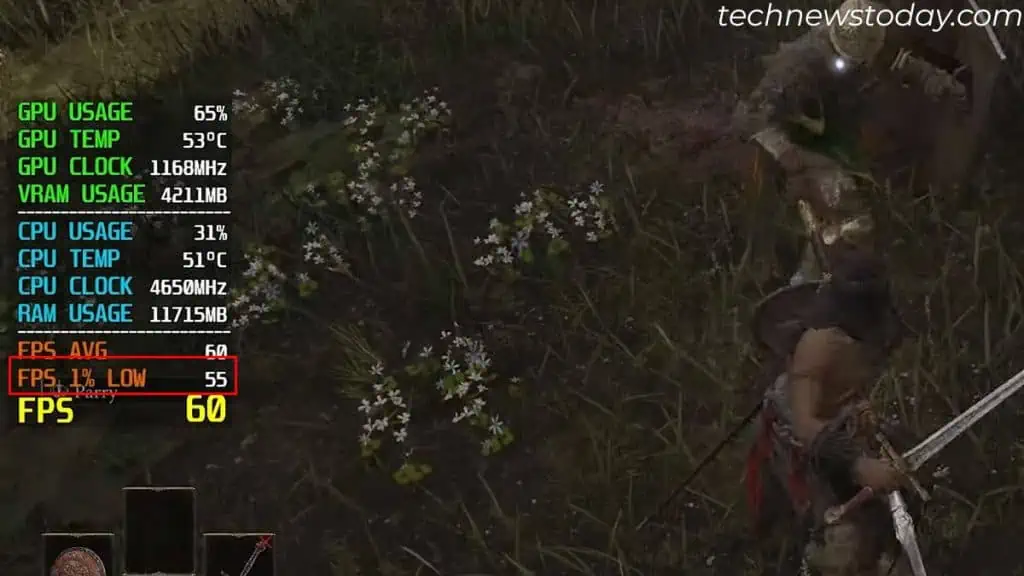1% lows determine how much yourgame stutters. You want your average FPS, 1%, and 0.1% lows in a similar range, or at least over 60.
If the lows deviate too much from the average FPS, the game stutters even if the average FPS is high.
By definition, a 1% low FPS is the average value of your worst 1% FPS. Another name for it is the99th percentile. This means that 99% of the time, your FPS remains above the 1% low FPS.
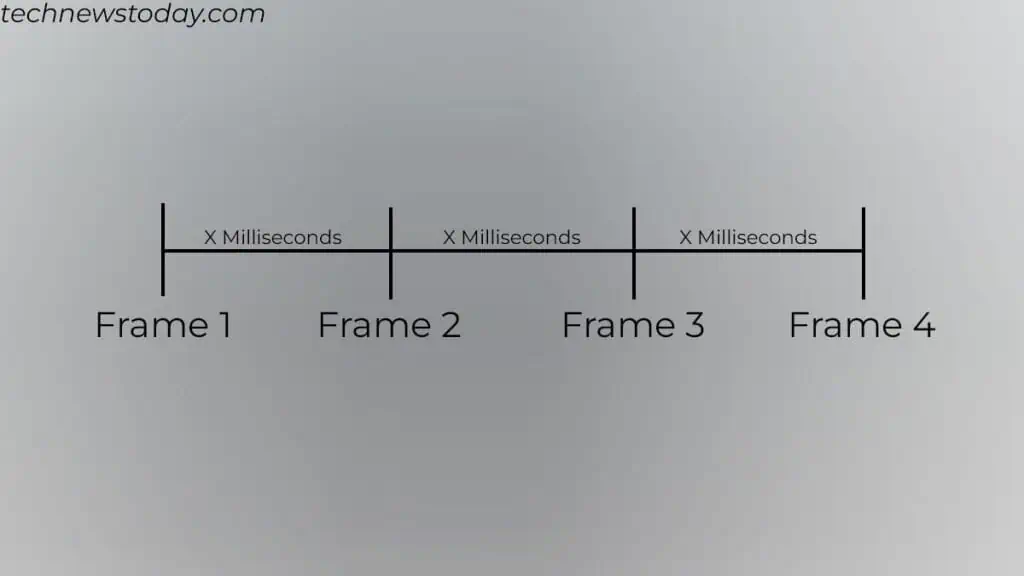
To understand more about the 1% lows, you must first know a little about theframe timeand theaverage FPS count.
Understanding Frametime and Average FPS Count
Your GPU generates frames at a variable rate. Some frames are constructed faster, while others take longer to render. The time taken to create each frame is aFrametimeand ismeasured in milliseconds.
The FPS counter application calculates the FPS using these obtained frame times. It calculates the frame time between two frames and converts it into FPS (1000ms/ obtained frame time). This FPS value is for the two frames.
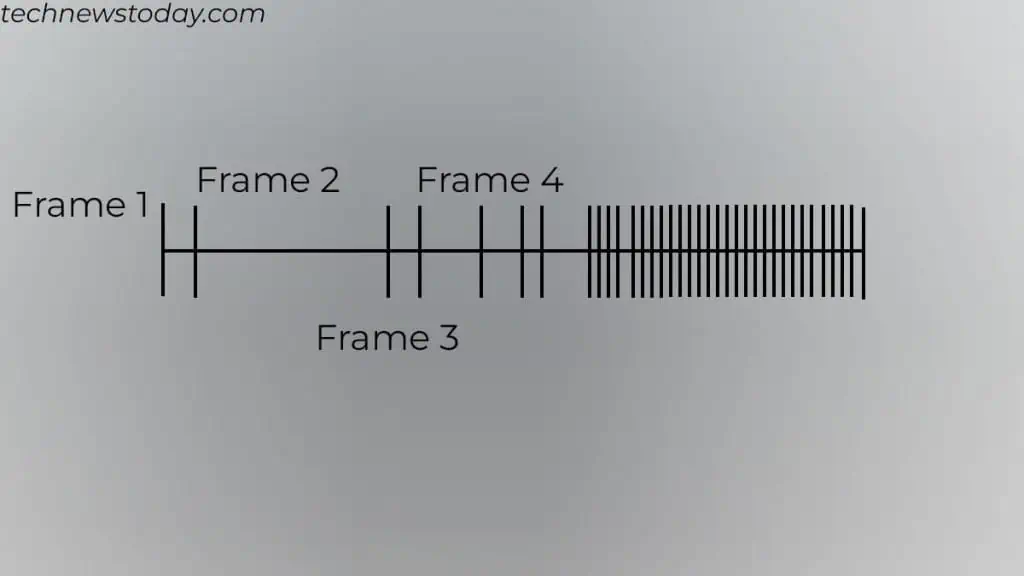
It then calculates the average FPS using previously obtained FPS and then displays it to the user.
Average FPS: Why It Doesn’t Matter Much
Most users only look at the average FPS when they benchmark. Butthis can be a misleading statistic. Here’s why.
If the frame time is constant, the average FPS gives an accurate reading. The problem occurs when there aredrastic changes in frame time.
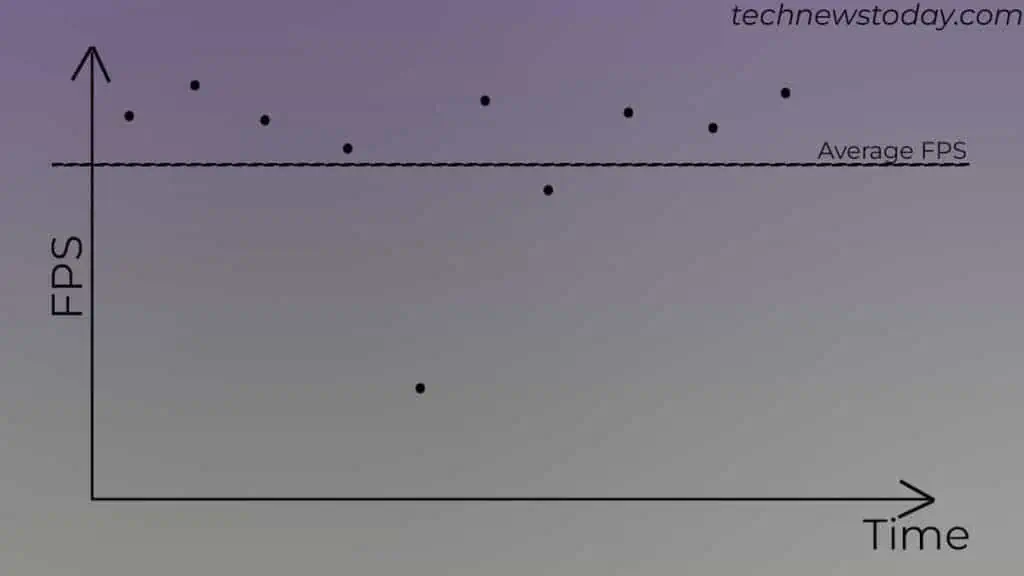
Say, the time between two random frames is aslow as 7ms (milliseconds), or as high as 250ms. Half of the frames generated in one second have a frame time of7ms (1000/7=142.8FPS). The other half has a frame time of250ms (1000/250=4 FPS).
Now, calculating the average FPS,we get73.4.
On paper, the game seems playable at 73 FPS. But in the actual playthrough, you’ll experienceframe drops,stutter, andlagging.
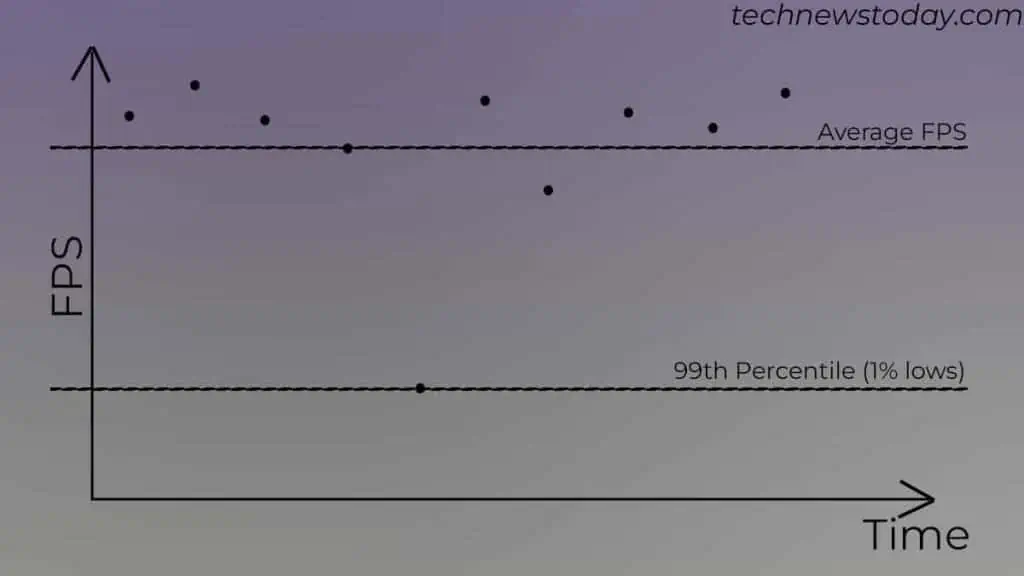
This is why the average FPS does not tell the entire story. The counter might display a high FPS, but you might still see stuttering issues. To determine frame drop and stuttering, most FPS counters include1% and 0.1% FPS.
